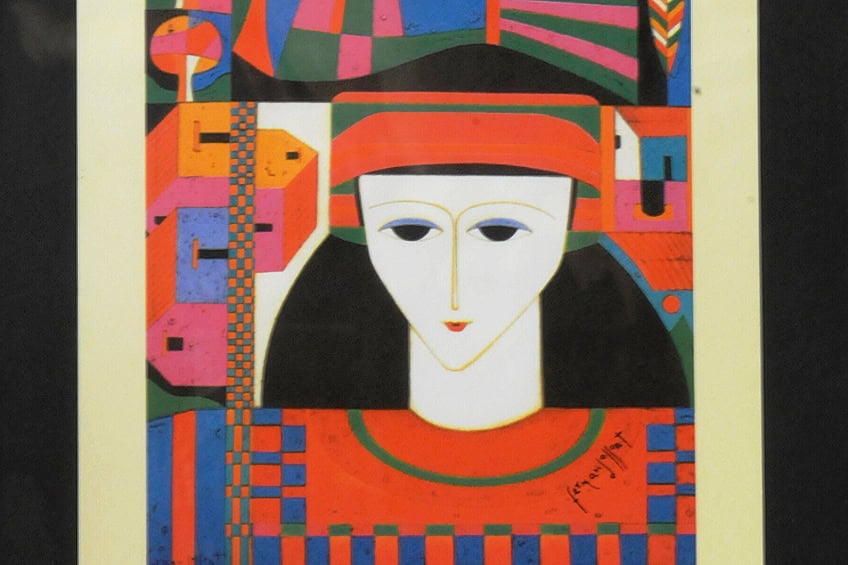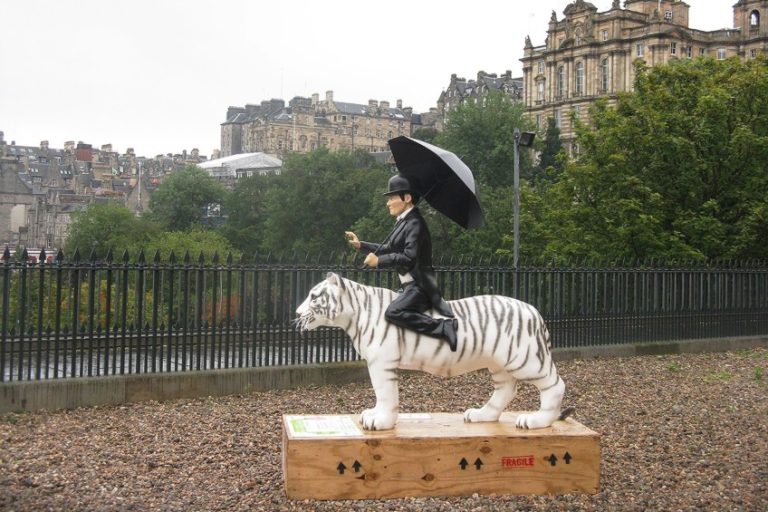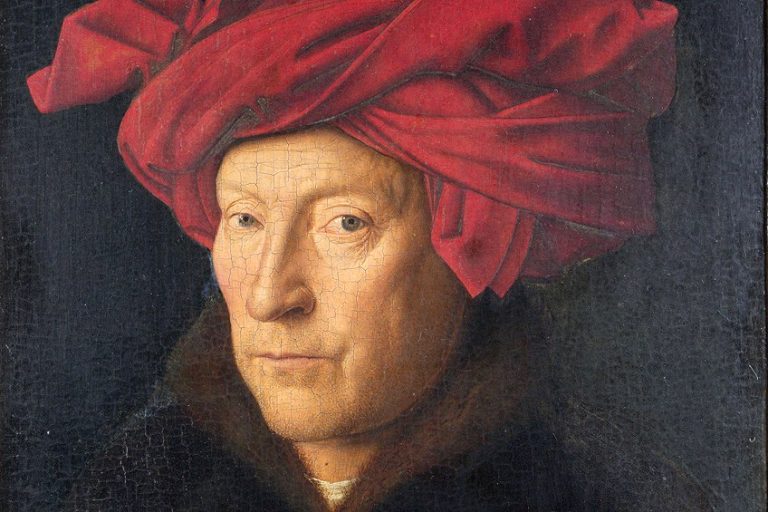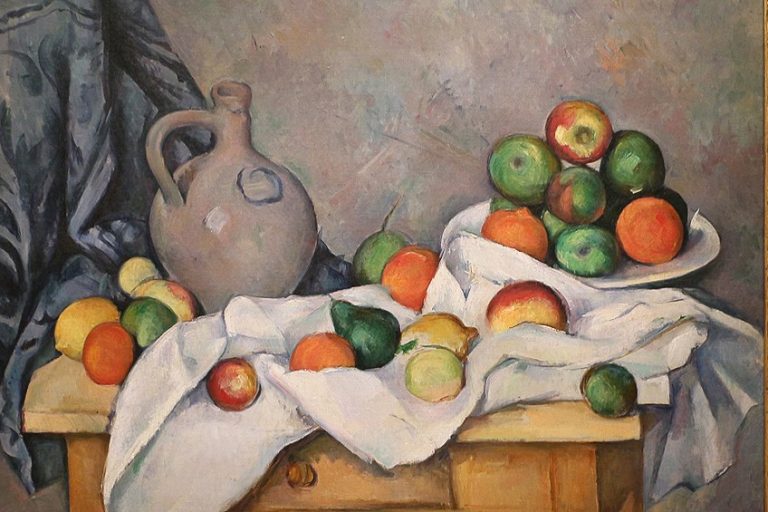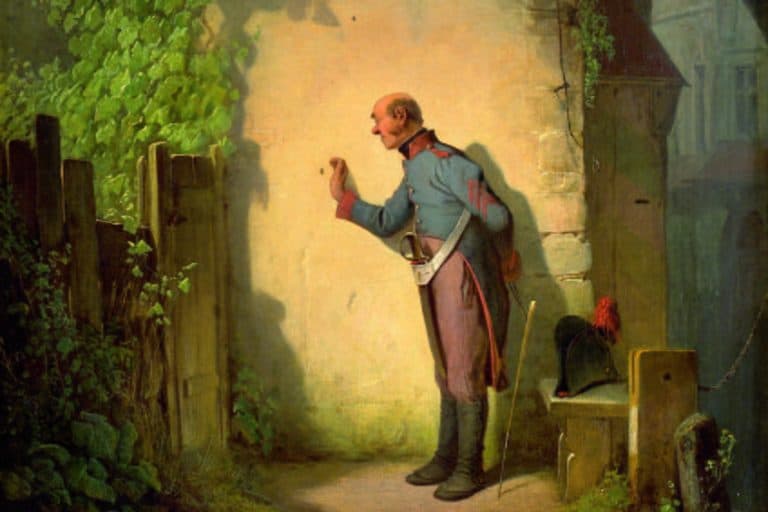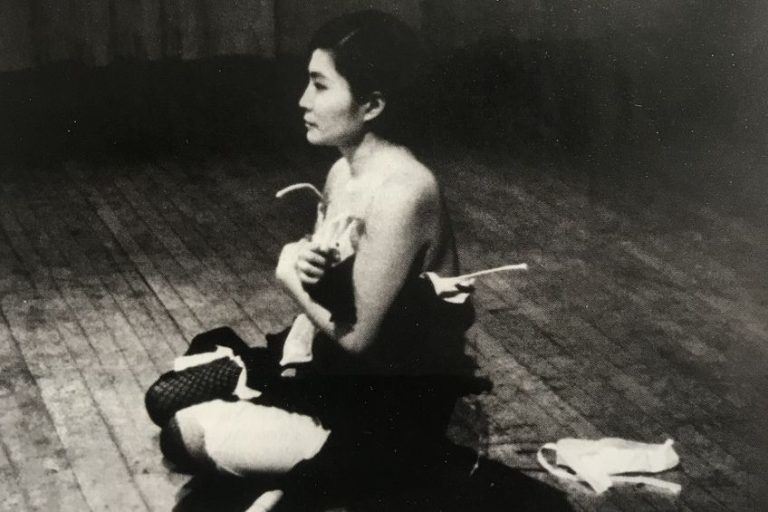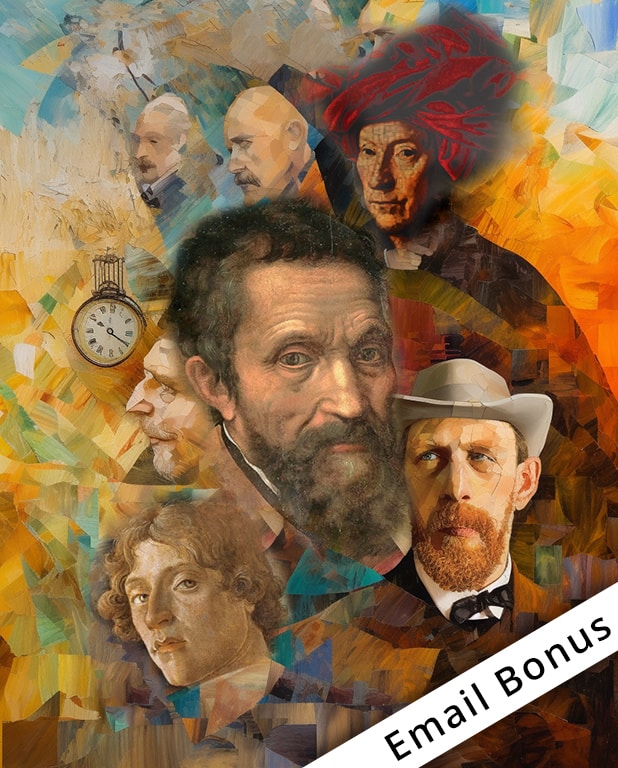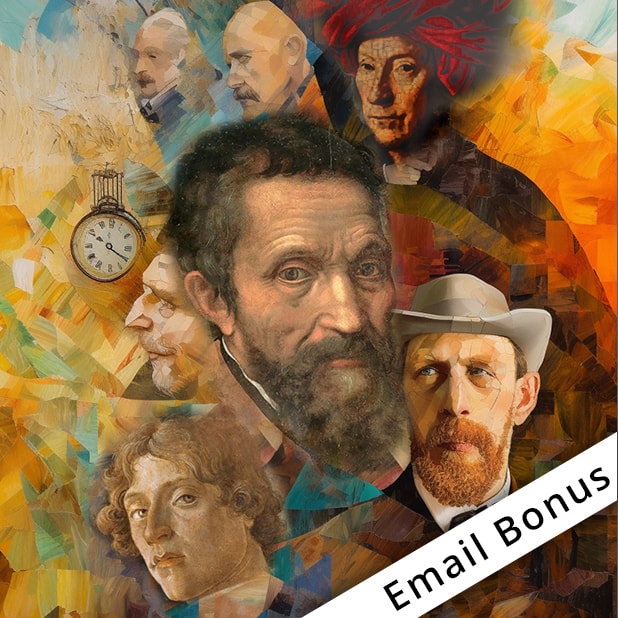Salvadoran Artists – Influential Figures Shaping Contemporary Art
Salvadoran artists bring a unique perspective to the art world, drawing from the country’s rich history, culture, and landscapes. Creators from El Salvador work in many different media, from painting and sculpture to contemporary installations and digital art. Names like Fernando Llort have become symbols of Salvadoran identity, inspiring new generations of artists. Whether exploring traditional themes or innovative styles, Salvador’s artistic community continues to grow in recognition both locally and internationally.
History of Salvadoran Art
Salvadoran art developed from a blend of indigenous traditions and external influences brought by colonialism and later global connections. Throughout El Salvador’s history, social upheavals, conflict, and migration have shaped its artistic expression.
Origins and Early Influences
The roots of Salvadoran art are found in pre-Columbian cultures such as the Pipil and Lenca, whose pottery, textiles, and murals featured distinctive patterns and symbols.
With the arrival of Spanish colonizers in the 16th century, Catholic religious themes became dominant in painting and sculpture. Folk art grew from the fusion of indigenous and European motifs. Craft traditions included woodwork, ceramics, and colorful textiles, often depicting rural life, animals, and religious scenes.
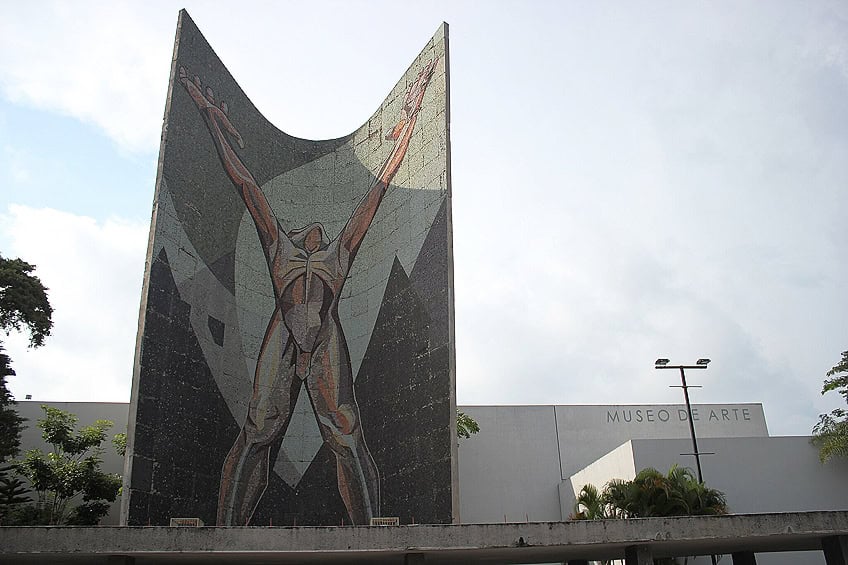
By the mid-20th century, artists like Fernando Llort popularized a uniquely Salvadoran style. Llort’s work, especially from the village of La Palma, used bright colors and simplified shapes to represent daily life, flora, and fauna. His influence made folk art an identifiable national symbol.
Impact of the Civil War
The Salvadoran Civil War (1979–1992) marked a turning point for local artists. Art became a medium for protest, testimony, and social documentation.
Many artists drew directly from personal experiences of violence, displacement, and loss. Political murals, posters, and community projects emerged, often carrying strong anti-war and human rights messages. These works, some preserved in public spaces, reflected the country’s struggles and resilience.
The conflict forced some artists into exile but also brought wider global visibility to Salvadoran art. This period emphasized themes of survival, collective memory, and identity, reshaping both the content and role of artistic practice in El Salvador.
The Role of Migration
Large waves of migration, especially to the United States, have had a notable impact on Salvadoran art. Economic instability and civil conflict pushed many Salvadorans abroad, and new diaspora communities formed.
Artists living outside El Salvador maintained connections with their cultural heritage. They incorporated both nostalgic memories and new influences from their host countries. Visual art, literature, and performance often addressed issues of displacement, belonging, and transnational identity.
Some migrated artists used their platforms to raise awareness about social issues in El Salvador. These transnational exchanges contributed to a more diverse and dynamic Salvadoran art scene, influencing perspectives both at home and abroad.
Notable Salvadoran Artists
El Salvador has produced a diverse group of artists whose work spans modernism, folk art, conceptual installations, and political commentary. These individuals have shaped the nation’s artistic landscape, both at home and internationally.
Fernando Llort
Fernando Llort (1949–2018) is widely recognized as one of El Salvador’s most influential artists. He is best known for introducing a colorful, folk-inspired visual language, drawing deep inspiration from indigenous motifs and rural life, particularly in La Palma, Chalatenango.

Llort founded an artistic movement in La Palma, training local artisans and revitalizing the region through arts and crafts. His style mixed naïve art, symbolism, and intricate patterns to convey peace and hope during El Salvador’s turbulent civil war era. Llort’s most famous public work, the ceramic mural at the San Salvador Cathedral, was a cornerstone of Salvadoran cultural identity before its controversial destruction in 2012.
| Attribute | Details |
|---|---|
| Born | 1949, San Salvador |
| Died | 2018 |
| Primary Medium | Painting, mural, ceramics |
| Known for | Folk-art style, La Palma movement |
| Major Work | Cathedral mural, La Palma cooperative |
| Notable Influence | Salvadoran national identity |
Ana María de Martínez
Ana María de Martínez (b. 1952) is a contemporary Salvadoran painter with a career spanning over four decades. She is noted for vibrant abstract works that often explore Salvadoran landscapes, human figures, and elements of magical realism.
Her paintings are characterized by bold colors and dynamic forms. Martínez has exhibited internationally, with her art featured in galleries across the Americas and Europe. Through her vivid palette, she captures both the struggles and joys of life in El Salvador, offering viewers a richly textured emotional experience.
| Attribute | Details |
|---|---|
| Born | 1952, San Salvador |
| Primary Medium | Painting |
| Style | Abstract, magical realism |
| Major Exhibitions | North America, Europe, Central America |
| Key Themes | Nature, identity, daily life |
Noé Canjura
Noé Canjura (1922–1970) was a painter whose work is celebrated for its social commitment and expressionist style. Raised in rural Chalatenango, Canjura’s art frequently depicted peasants and indigenous communities, marked by a sense of empathy and realism.
After studying in France, he incorporated European modernist techniques but remained strongly connected to his roots. Canjura is often credited with laying the foundations for modern Salvadoran painting, focusing on social issues and the dignity of working people.
| Attribute | Details |
|---|---|
| Born | 1922, Apopa, San Salvador |
| Died | 1970, Paris |
| Primary Medium | Painting |
| Major Influence | Expressionism, social realism |
| Major Themes | Rural life, poverty, dignity |
Rubén Martínez Bulnes
Rubén Martínez Bulnes (b. 1929) is a Salvadoran sculptor and architect known for his monumental public artworks. His style fuses modernism with locally inspired themes, often combining industrial materials and abstract forms.
Martínez Bulnes designed several significant structures in San Salvador, including the iconic “El Chulón” and contributions to the Divine Savior of the World monument. He is also recognized for his stained glass work and architectural innovations.
| Attribute | Details |
|---|---|
| Born | 1929, San Salvador |
| Main Media | Sculpture, architecture |
| Major Works | “El Chulón,” public monuments |
| Influences | Modernism, Salvadoran identity |
Toño Salazar
Toño Salazar (1897–1986) was an internationally renowned caricaturist and cartoonist from El Salvador. His satirical illustrations appeared in leading newspapers and magazines, both within Latin America and internationally.
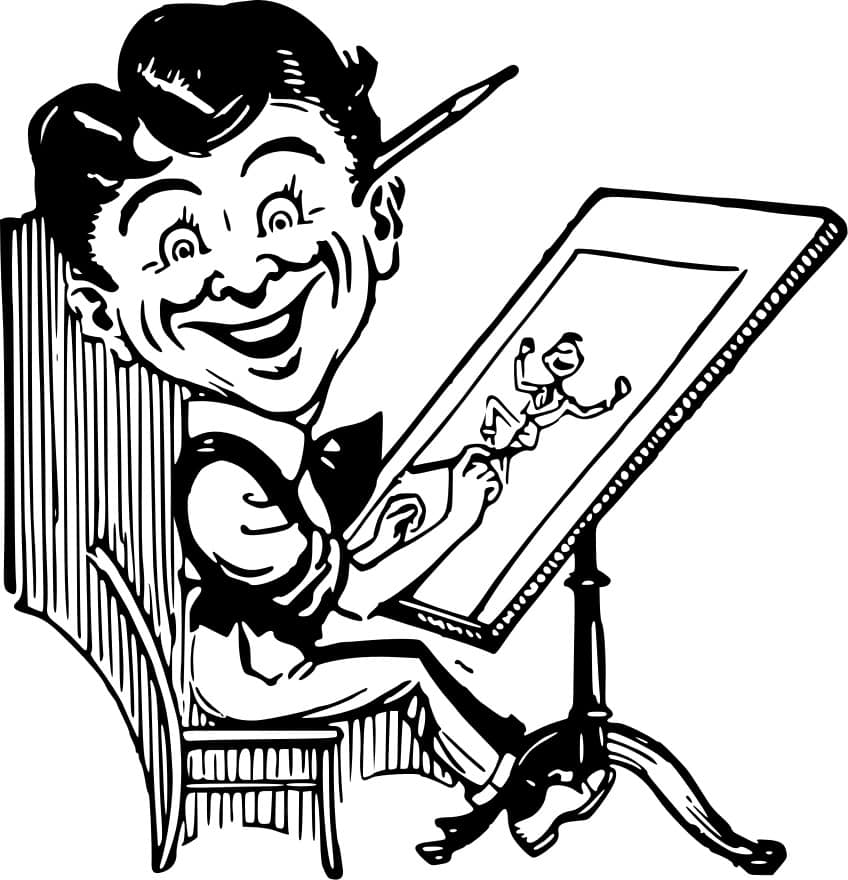
Salazar became known for his sharp wit and the clarity of his line, using caricature to comment on politics and culture. His influence extended beyond the visual arts, as he was also a diplomat and journalist.
| Attribute | Details |
|---|---|
| Born | 1897, Sonsonate |
| Died | 1986, Paris |
| Primary Medium | Caricature, illustration |
| Work Featured In | International newspapers, press |
| Notable Roles | Cartoonist, diplomat |
Giovanni Gil
Giovanni Gil (b. 1980) is a leading Salvadoran percussionist and advocate for music education. As a performer, he has distinguished himself in classical and contemporary ensembles, both locally and abroad.
Gil is the founder of El Salvador’s national percussion ensemble and has played a pivotal role in promoting percussive arts, particularly among youth. His initiatives have expanded access to music education and fostered a new generation of Salvadoran musicians.
| Attribute | Details |
|---|---|
| Born | 1980, San Salvador |
| Primary Medium | Music (percussion) |
| Notable Achievement | Founder, national percussion ensemble |
| Major Focus | Music education, youth access |

Johanna Toruño
Johanna Toruño (b. 1989) is a Salvadoran-born, New York-based visual artist and activist. She is recognized for her “Unapologetically Street Series,” a project of wheatpaste posters addressing themes of identity, queer visibility, and immigrant rights.
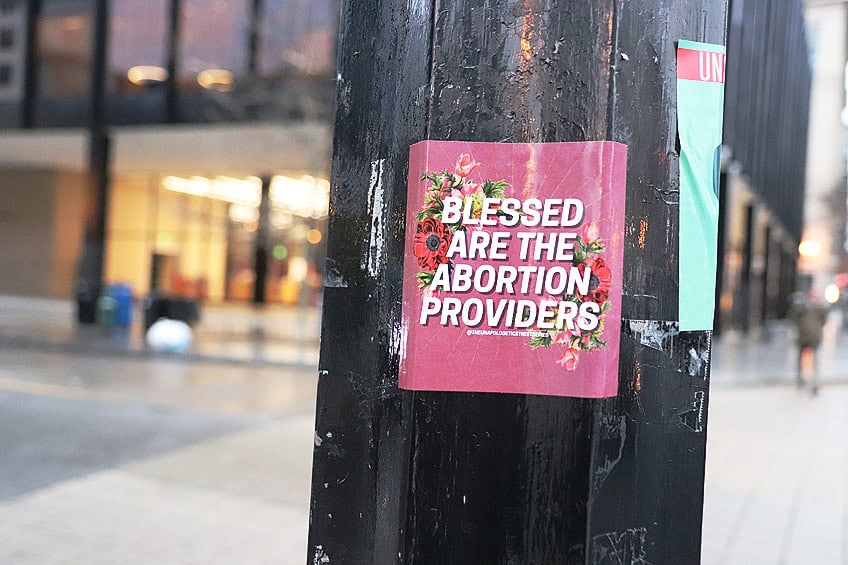
Toruño uses public art as a means of direct communication, making political and personal statements accessible to broad audiences. Her work foregrounds the lived experience of Salvadorans in diaspora and serves as a bridge between cultures and generations.
| Attribute | Details |
|---|---|
| Born | 1989, San Salvador |
| Based in | New York, USA |
| Primary Medium | Street art, posters |
| Major Work | Unapologetically Street Series |
| Key Themes | Identity, LGBTQ+, immigrant narratives |
Nicolás F. Shi
Nicolás F. Shi (b. 1967) is a Salvadoran-Chinese visual artist based in the United States. His work merges Eastern and Western artistic philosophies, resulting in luminous abstract paintings characterized by intricate detail and vibrant color palettes.
Shi’s paintings often explore dual identities and cultural synthesis. They have been exhibited internationally, reflecting both his Salvadoran heritage and Chinese ancestry through unique visual symbolism and technique.
| Attribute | Details |
|---|---|
| Born | 1967, San Salvador |
| Heritage | Salvadoran / Chinese |
| Main Medium | Painting, abstract art |
| Style | Cultural fusion, intricate abstraction |
| Exhibitions | USA, El Salvador, international |
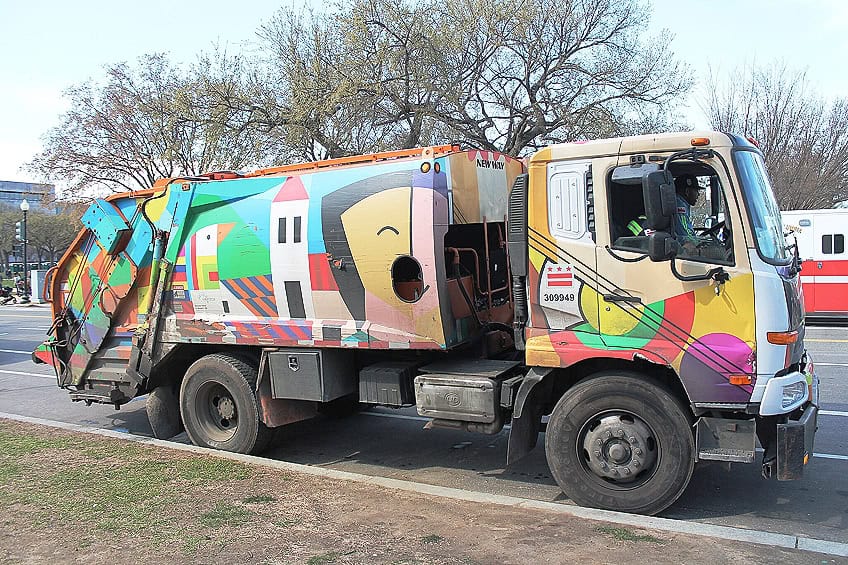
Patricia Chica
Patricia Chica is an award-winning Salvadoran-Canadian film director and producer. She is best known for her work in independent cinema, often focusing on themes such as self-discovery, youth culture, and marginalized voices.

Chica’s films have screened at major festivals worldwide. With a strong emphasis on visual storytelling, she bridges cultural gaps and offers nuanced perspectives on Latin American and North American experiences.
| Attribute | Details |
|---|---|
| Nationality | Salvadoran-Canadian |
| Profession | Film director, producer |
| Main Themes | Identity, youth, marginalized voices |
| Awards | Multiple international film festival awards |
| Notable Works | Short films, indie cinema |
Consuelo de Saint-Exupéry
Consuelo de Saint-Exupéry (1901–1979) was a Salvadoran artist and writer, most famous as the muse and wife of French aviator-author Antoine de Saint-Exupéry. Though primarily noted for her literary memoirs, she also produced visual artworks that reflect a poetic sensibility.
Consuelo’s experiences in El Salvador and Europe influenced her creative output. Her illustrated works and writings blend elements of surrealism and autobiography, contributing to her unique place in twentieth-century literary and artistic circles.
| Attribute | Details |
|---|---|
| Born | 1901, Armenia, El Salvador |
| Died | 1979 |
| Main Medium | Writing, illustration |
| Notable Relation | Wife of Antoine de Saint-Exupéry |
| Key Works | Memoirs, illustrated stories |
| Artistic Style | Surrealism, poetic narrative |

Frequently Asked Questions
Salvadoran artists are recognized for vivid colors, folk motifs, and depictions of daily life. Several have also brought international attention to social issues through their creative work.
What are the distinctive characteristics of Salvadoran paintings?
Salvadoran paintings often highlight bold, bright color palettes and scenes of rural or indigenous community life. Folk art themes and symbols are commonly seen, reflecting national identity and local stories.
What impact have visual artists from El Salvador had on the art world?
Visual artists from El Salvador have promoted social awareness and cultural pride through public murals and exhibitions. Their work has influenced conversations about Central American art on a global stage.
Who is considered the most influential artist from El Salvador?
Fernando Llort is widely regarded as the most influential Salvadoran artist. He is best known for establishing a unique folk art style in La Palma and for his significant impact on Salvadoran visual culture.
Isabella studied at the University of Cape Town in South Africa and graduated with a Bachelor of Arts majoring in English Literature & Language and Psychology. Throughout her undergraduate years, she took Art History as an additional subject and absolutely loved it. Building on from her art history knowledge that began in high school, art has always been a particular area of fascination for her. From learning about artworks previously unknown to her, or sharpening her existing understanding of specific works, the ability to continue learning within this interesting sphere excites her greatly.
Her focal points of interest in art history encompass profiling specific artists and art movements, as it is these areas where she is able to really dig deep into the rich narrative of the art world. Additionally, she particularly enjoys exploring the different artistic styles of the 20th century, as well as the important impact that female artists have had on the development of art history.
Learn more about Isabella Meyer and the Art in Context Team.
Cite this Article
Isabella, Meyer, “Salvadoran Artists – Influential Figures Shaping Contemporary Art.” Art in Context. November 2, 2025. URL: https://artincontext.org/salvadoran-artists/
Meyer, I. (2025, 2 November). Salvadoran Artists – Influential Figures Shaping Contemporary Art. Art in Context. https://artincontext.org/salvadoran-artists/
Meyer, Isabella. “Salvadoran Artists – Influential Figures Shaping Contemporary Art.” Art in Context, November 2, 2025. https://artincontext.org/salvadoran-artists/.


